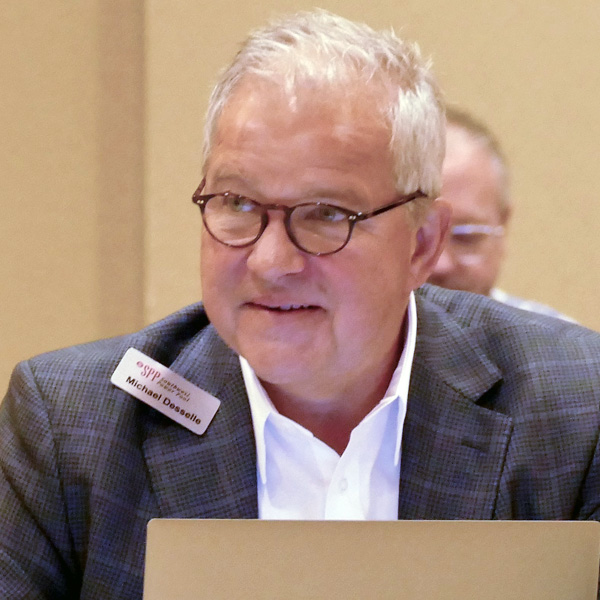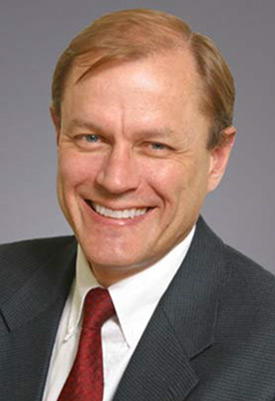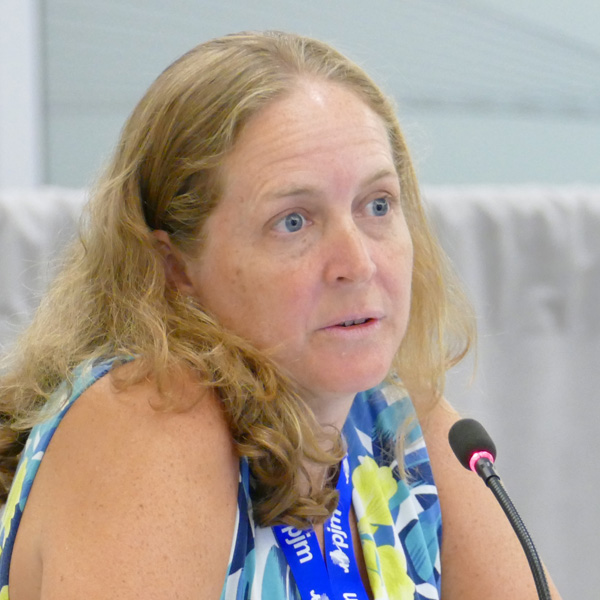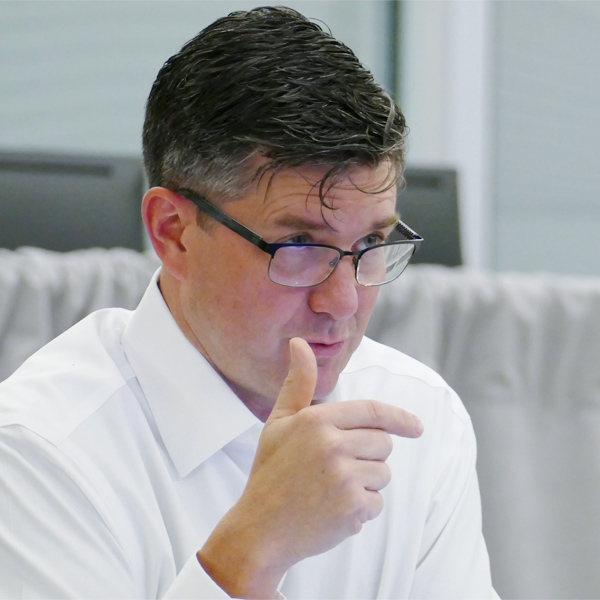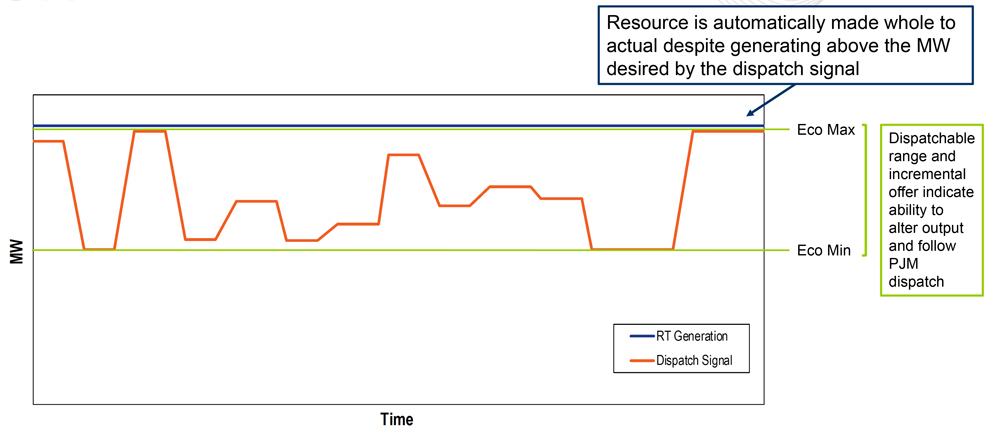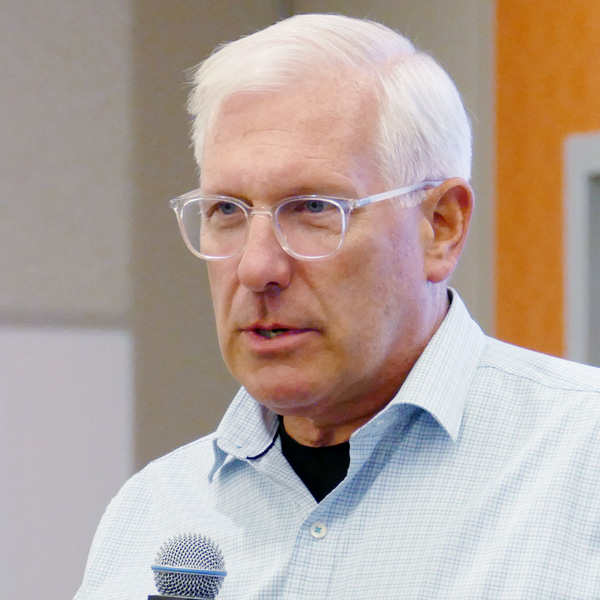Oregon officials are grappling with how the natural gas sector will fit into the state’s decarbonization strategy, with industry players seeing a clear role in a clean energy future and skeptics seeking a sharply reduced position for gas companies.
The two sides pitched their perspectives at a virtual public hearing hosted by the Oregon Public Utility Commission (OPUC) on July 12. The commission called the hearing to solicit input on its draft Natural Gas Fact Finding report, issued in April. A final version of the report is due to be released Aug. 12.
The hearing also cast light on the uncertainty utility regulators in Oregon — and elsewhere — face as they’re forced to balance their roles as economic supervisors with the growing need to factor environmental mandates and the decisions of sister agencies into their own decision-making and long-term planning.
According to the draft report, Oregon’s three natural gas utilities in 2019 earned $810 million in revenues while delivering about 1.6 billion therms of gas. Residential customers accounted for about 59% of those revenues, followed by “firm” commercial and industrial customers at 33%. Pipeline transport customers — who acquire their gas from other sources — accounted for just under 5% of revenues but more than 40% gas utility deliveries.
The Climate Protection Program (CPP) adopted last year by Oregon’s Department of Environmental Quality requires gas utilities to reduce greenhouse gas emissions by 50% by 2035 and 90% by 2050. All gas deliveries will be subject to the declining caps, including those for transport-only customers.
The fact-finding is intended to serve two purposes, the PUC said: to analyze the ratepayer impact of limiting gas utility GHG emissions under the CPP; and to “identify appropriate regulatory tools to mitigate potential customer impacts and accommodate utility action.”
At last week’s hearing, OPUC Utility Strategy and Planning Manager Kim Herb told hearing participants that the draft report points to the “strong and divergent opinions about how the natural gas industry decarbonization will come about.”
Even so, Herb acknowledged, some groups complained the draft report failed to capture their input. Environmental, community groups and “grassroots” commenters contended that the report focused on the financial costs of complying with the CPP while downplaying the societal benefits of climate-related policies and investments.
Those commenters advocated for a policy of halting the further expansion of the gas system in Oregon, which would entail prohibiting new gas hookups for new construction in favor of building electrification. Builders would instead be steered to heat pump technology for space heating, which would provide the added benefit of cooling in the warmer months.
Greer Ryan, Oregon clean buildings policy manager for Climate Solutions, said the organization was “extremely concerned” by the draft report.
“We’d like to see more benefits captured. When we’re talking about programs that are meant to address the climate crisis in Oregon, it’s not just about short-term costs, but we think about longer-term costs of inaction and the benefits that communities receive from these kinds of investments,” Greer said. The draft also “failed to incorporate the bulk of community groups’ feedback, and in some cases misrepresents alignment between nonprofit and community-based organizations and the utility and industry groups.”
Climate Solutions is calling for the PUC to immediately discontinue gas companies’ “line extension allowances,” ratepayer-based subsidies that permit the connection of new customers at no cost. Any subsidies should be directed to support “a clean and renewable energy economy,” especially for low-income and environmental justice communities, Greer said.
She also said the PUC’s final report should “not give credence” to gas industry arguments that the system must be expanded “to protect communities.”
“This argument is reflective of the gas industry co-opting legitimate community concerns without taking into account actual community-based organizations and ratepayer advocate feedback,” she said.
Zach Kravitz, director of rates and regulatory affairs at NW Natural, Oregon’s largest gas provider, said the company “respectfully” disagreed with “some stakeholders’ approaches, which we view as morphing this fact-finding around the CPP into a binary policy choice about the future of natural gas.”
Kravitz said NW Natural believes that it can decarbonize its system and comply with the CPP at a “reasonable cost.” The energy delivered by the company’s gas system cannot be easily replaced, he said, adding that during a cold winter morning, it delivers about twice as much energy as the electric system.
“Our modeling indicates that our compliance with the CPP carbon-reduction targets is achievable through a combination of increased energy efficiency, conservation [and] installation of low-use appliances like dual-fuel or hybrid heating systems or gas heat pumps; reduced intensity of our gas supply; and the use of community climate investments [CCIs],” Kravitz said. Under the CPP, energy providers will be allowed to offset a portion of their emissions with CCIs.
The company wants the PUC to implement a process of joint system planning among gas and electric utilities, he said.
“We can’t look at gas and electric in silos anymore. And we can really leverage each other going forward, whether it’s hydrogen, where we can utilize excess renewables and store it on the gas system, or even hybrid heating, which NW Natural is open to and wants to explore further and which can really help address resource adequacy on the power grid [by] having gas utilities meet space heating demand during those peak periods,” Kravitz said.
Lori Blattner, director of regulatory affairs for Cascade Natural Gas, voiced concern that the fact-finding is moving in an “anti-gas direction.”
“Cascade encourages the commission to instead continue to encourage innovation throughout the natural gas distribution system that will allow natural gas utilities to make carbon-reduction goals, while still providing customers all the benefits of energy diversity, including reliability and affordability,” Blattner said.
‘Unique Opportunity’
Commissioner Mark Thompson mused that PUC might be confronting two competing paradigms. In the first, the agency must fulfill its duty to protect utility customers financially as an economic regulator amid sweeping change. In the second, the commission would have to expand the notion of protecting customers to considering the most cost-effective way to decarbonize the gas system — and the energy industry — as a whole.
“How do you think we ought to balance and understand that our role in this environment?” Thompson asked Climate Solutions’ Greer.
“I think that as economic regulators being tasked with having the least-cost and reduced-risk criteria in mind, you can absolutely take into account costs and risks of inaction on climate. And there’s more and more precedent for this and other state commissions,” Greer said.
Commissioner Letha Tawney ticked off some of the lingering uncertainties that come with decarbonizing an electricity sector expected to replace gas. She named the impact of transportation electrification, the difficulty in siting new transmission, offshore wind controversy and the reliability concerns that come with fossil fuel plant retirements.
“I’m curious how you’re thinking about sort of the large-scale risks of the vision you’re putting forward,” Tawney asked Greer.
“My two cents, right now, is that this transition is not happening overnight. I think gas utilities and other fossil fuel companies try to use the tactic of spreading fear by saying, ‘If you do this transition, we won’t be able to afford it. People will be without power because we have reliability issues.’ But the fact of the matter is, it’s going to take some time to curb the gas system. We can have strategic planning conversations.”
Thompson wondered whether the PUC was facing a “Y” in the road, in which one path led to gas companies achieving decarbonization through use of renewable gas and hydrogen without having to worry about depreciation and a shrinking system — and actually investing in new assets — while the other path leads to gas companies shrinking, the elimination of the line-extension policy and a push for electrification.
“I don’t actually agree that it’s a ‘Y,’ and you’ve got a choice to either go down one path or the other,” said Bob Jenks, executive director of the Oregon Citizens’ Utility Board.
Jenks said it won’t come down to the PUC deciding which path to choose. Rather, different government agencies and hundreds of individual customers will be deciding whether they want fossil fuel coming into their homes.
“Do they want the most efficient cooling system that they can get — an electric heat pump? And with that comes efficient heat,” he said.
Mark Gamba — mayor of Milwaukie, a suburb of Portland — said “rational people” must confront the fact that the world is confronting “climate chaos.”
“Methane, greenwashed as natural gas, is one of the most powerful greenhouse gases in the world; it’s 86 times more powerful than CO2,” Gamba said, adding that burning natural gas inside a home also impacts human health.
“You have a unique opportunity to start to make actual changes so that … when it becomes abundantly clear to everyone that we need to be moving away from methane, it’s not a sudden and catastrophic switch,” he said.


